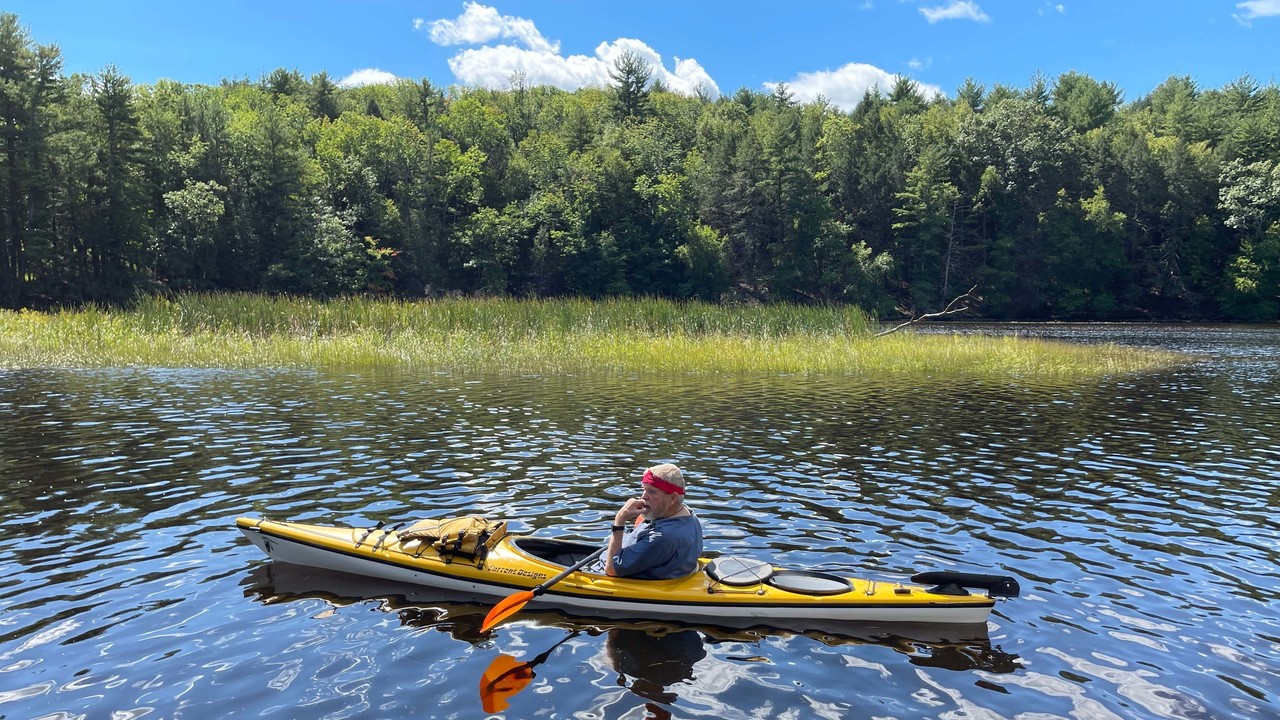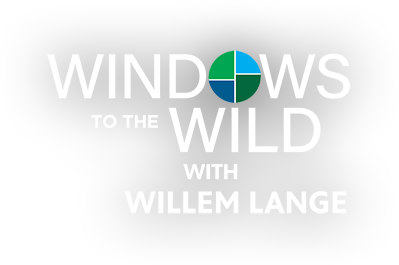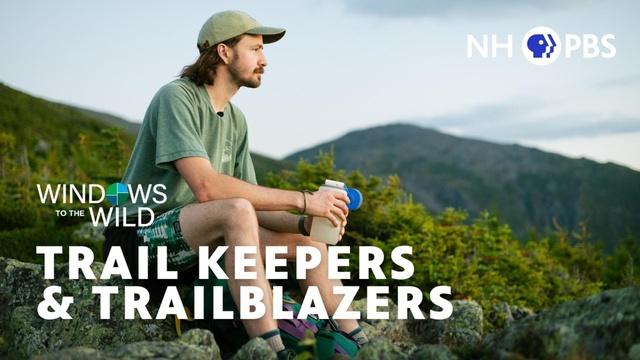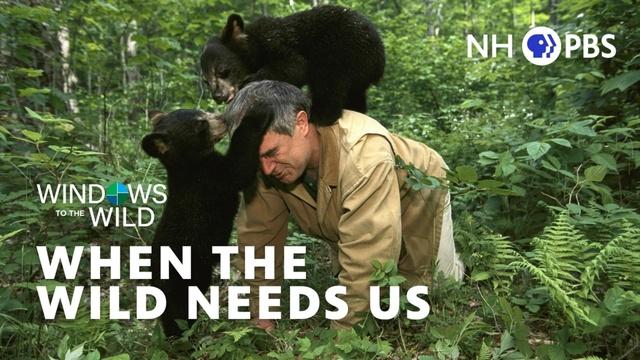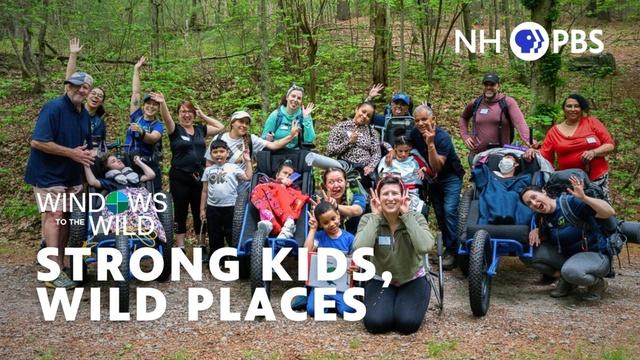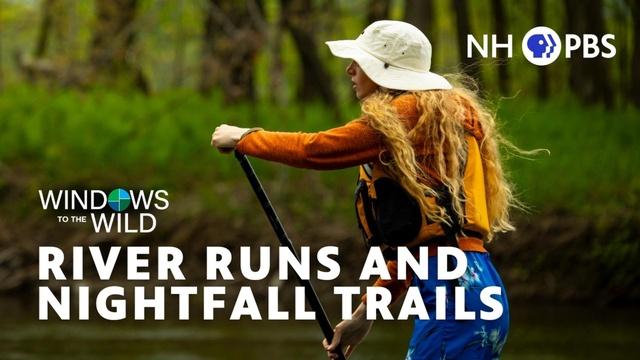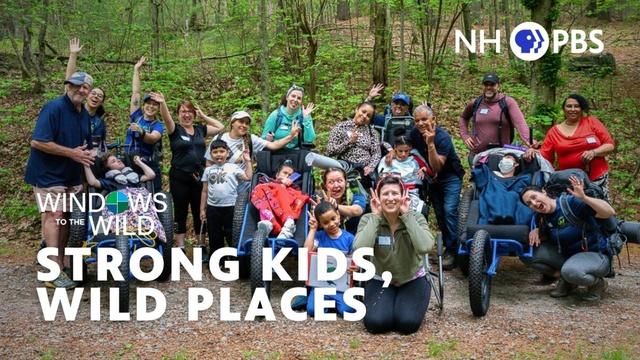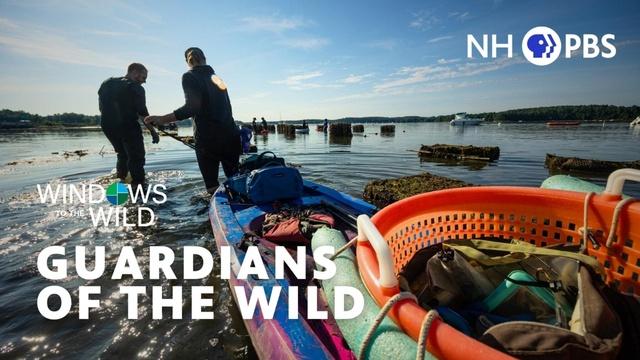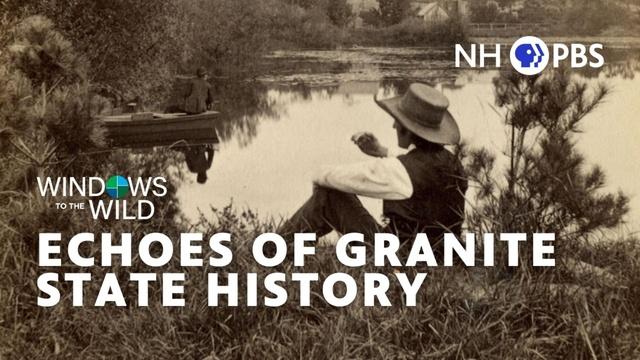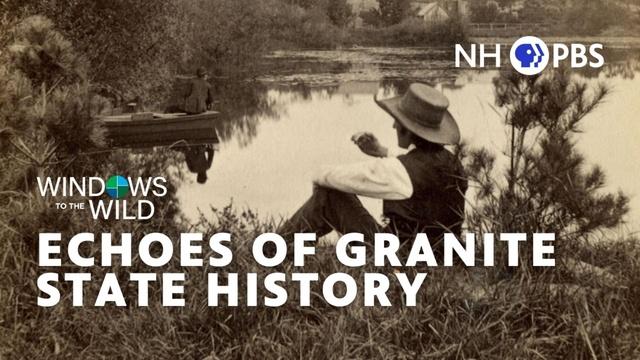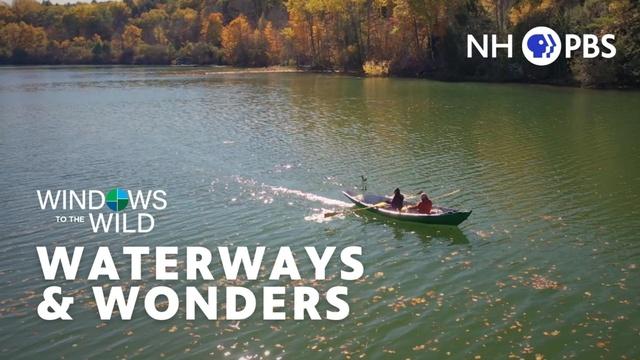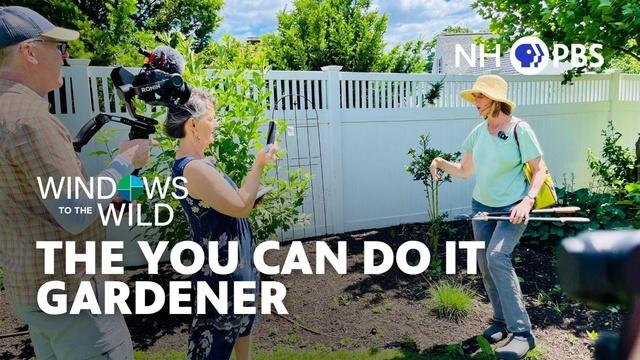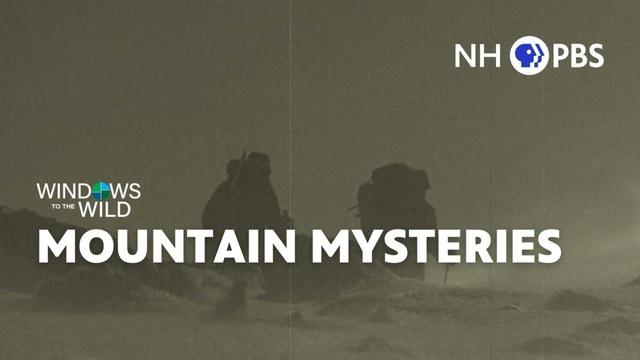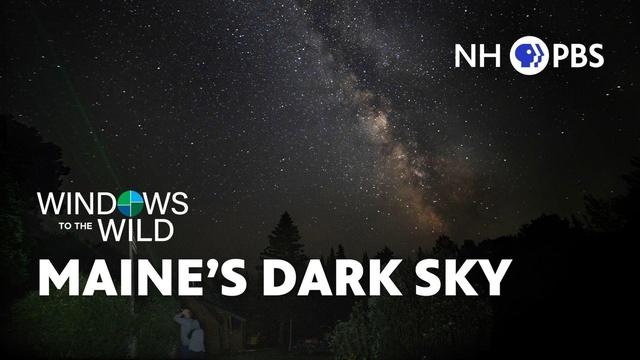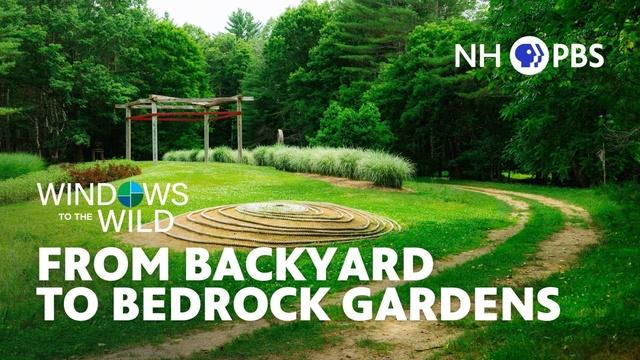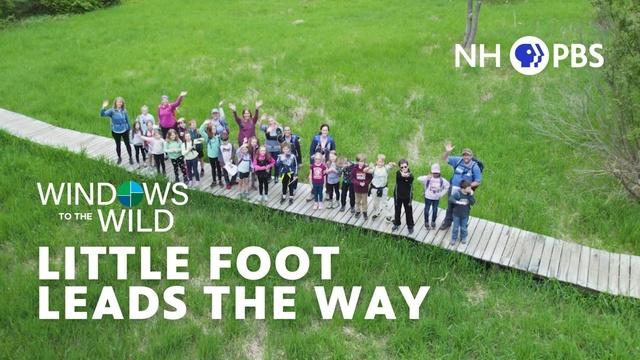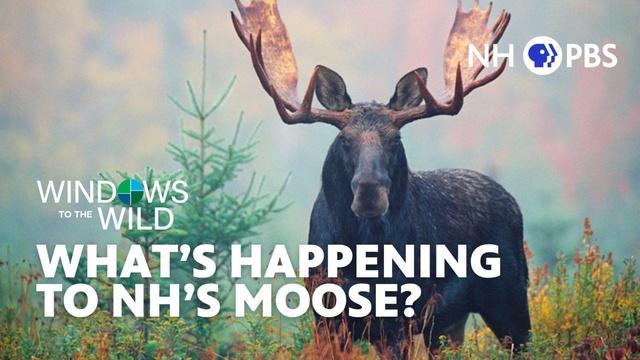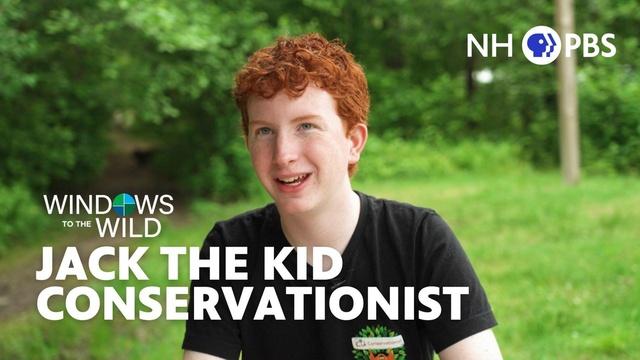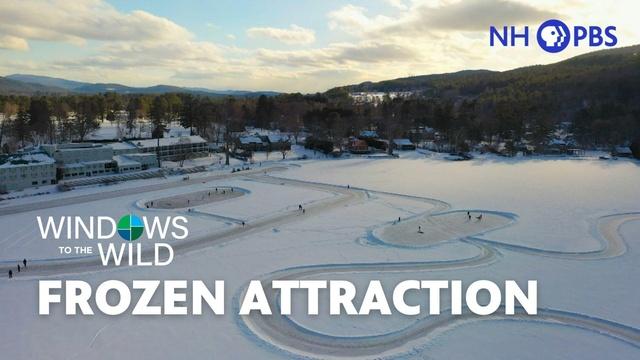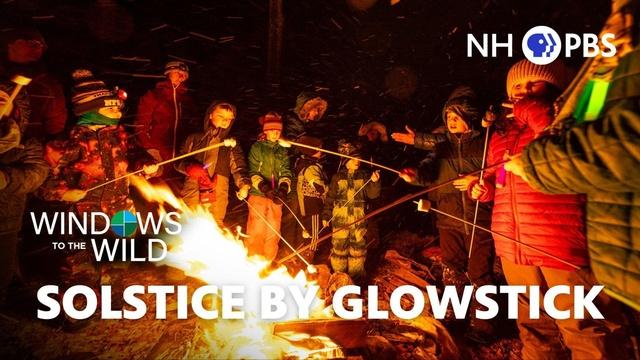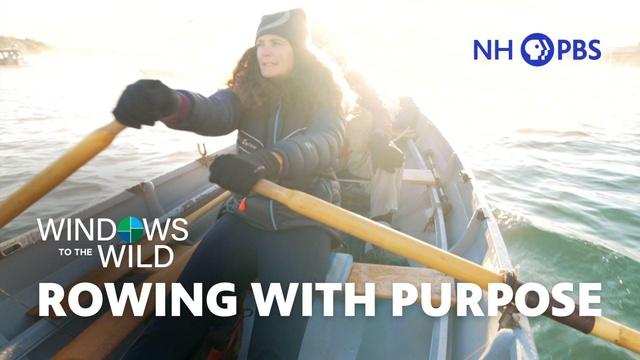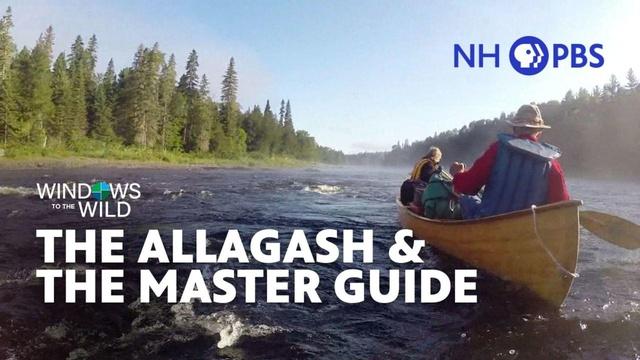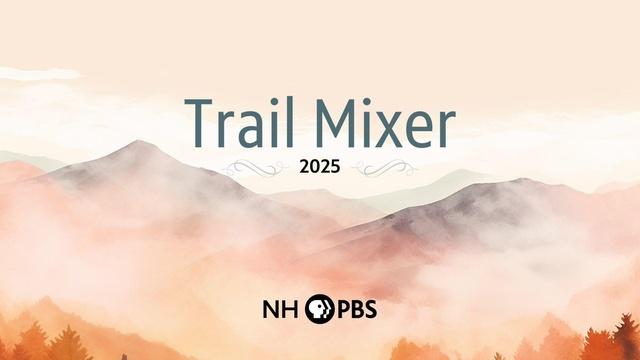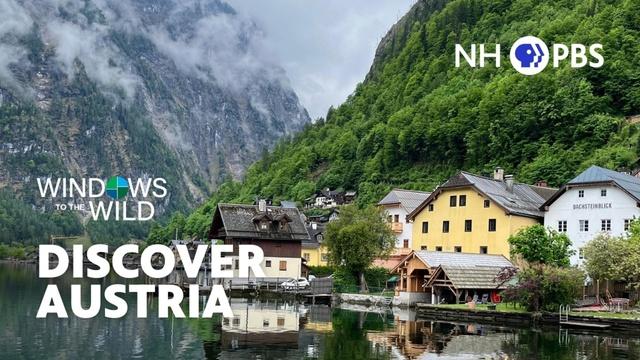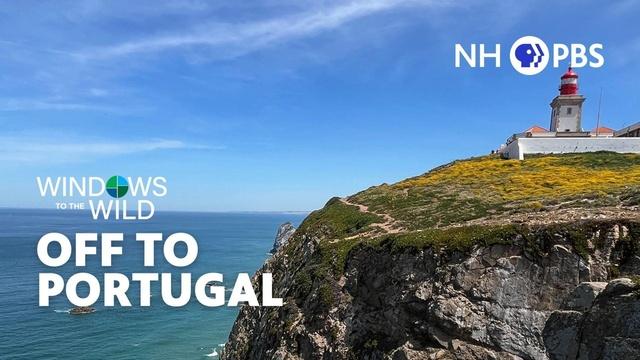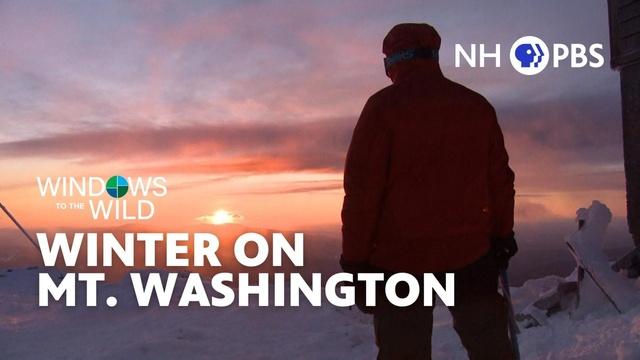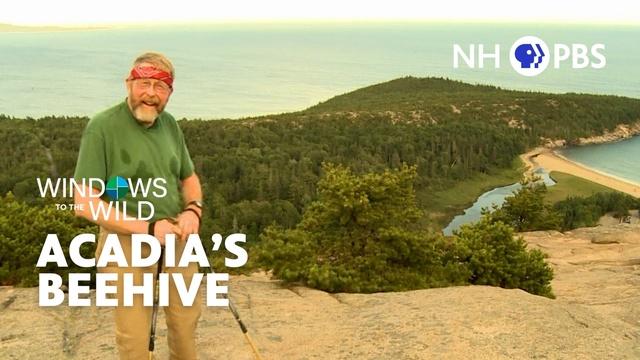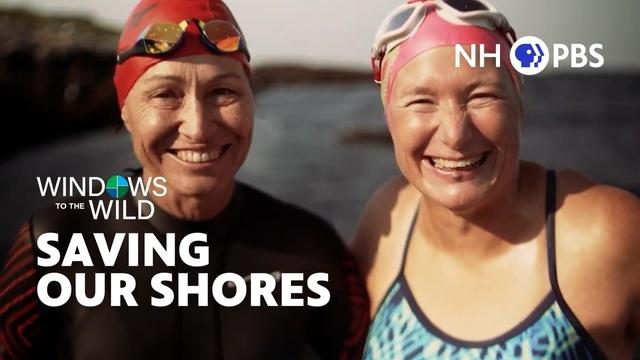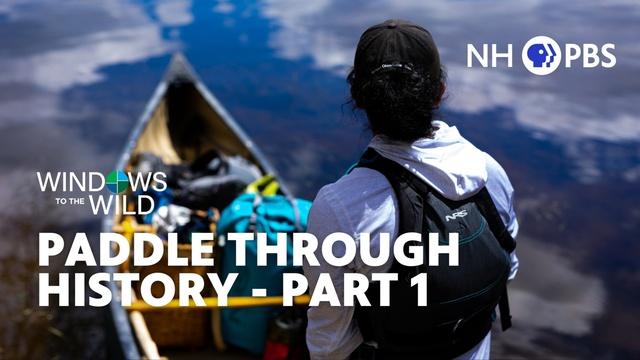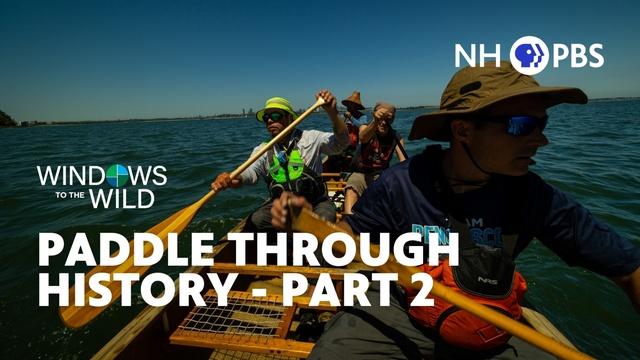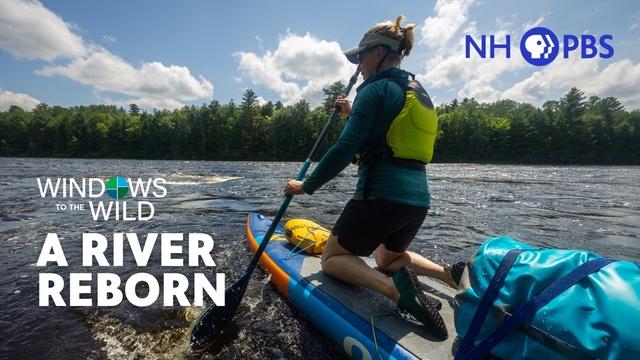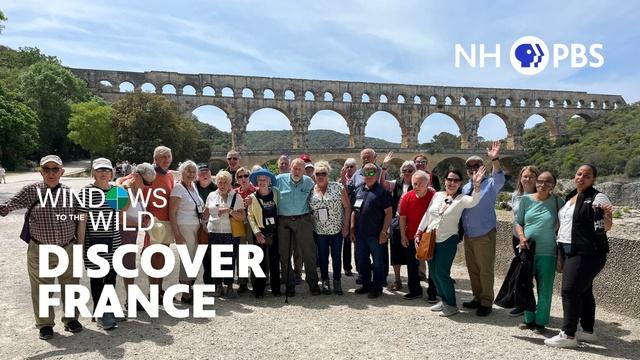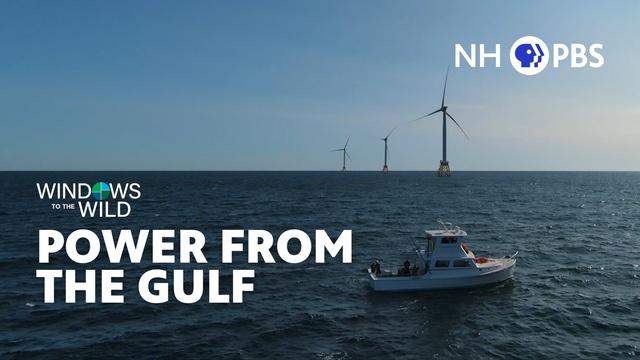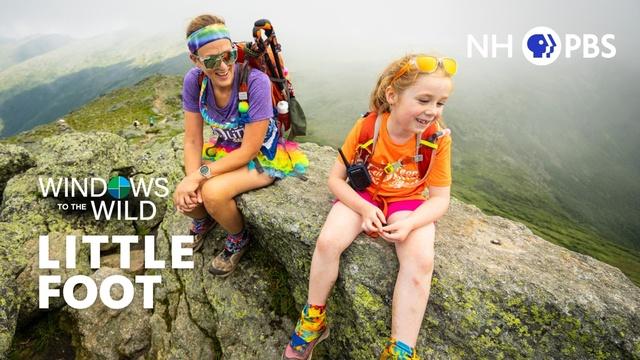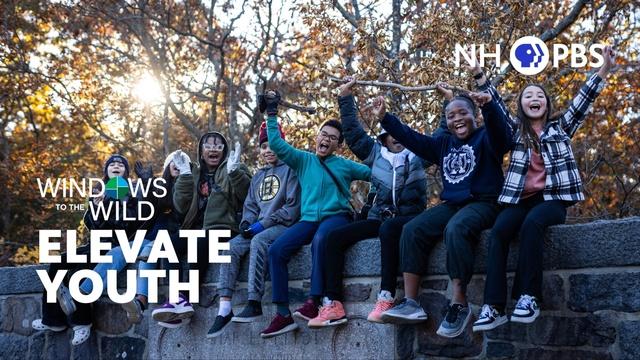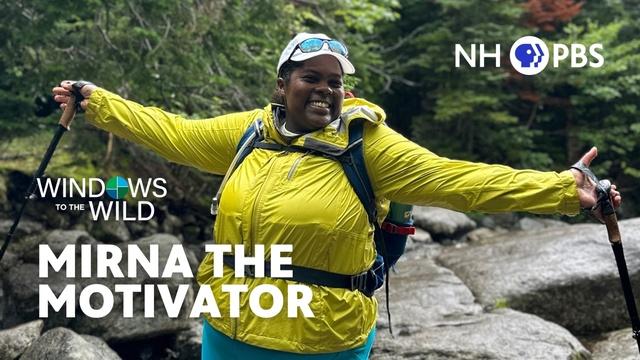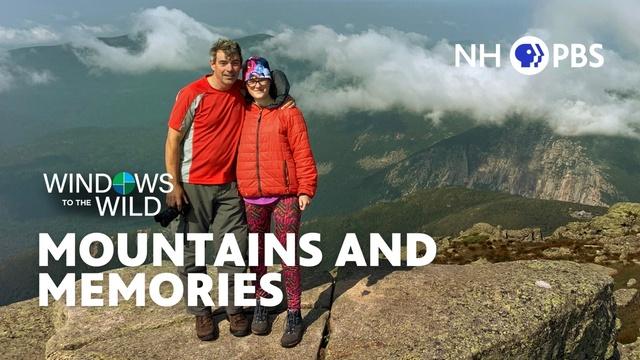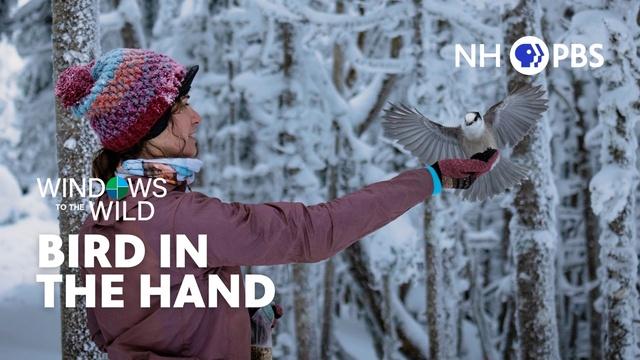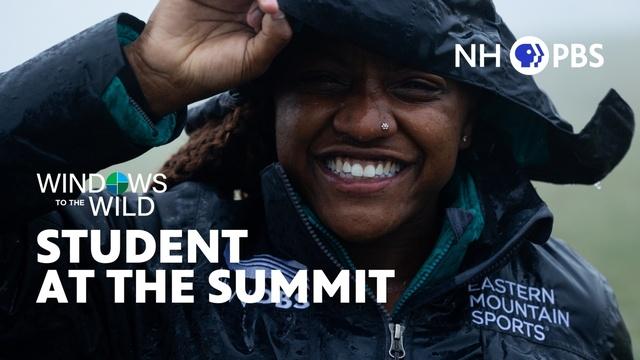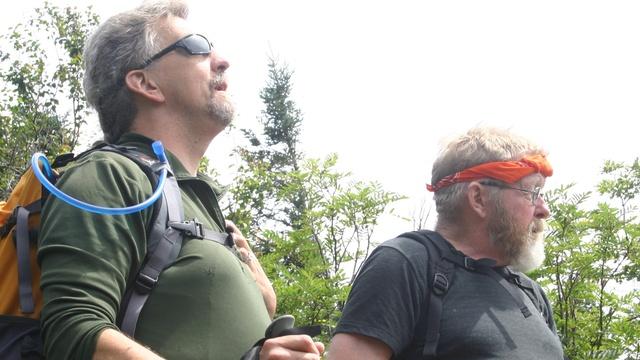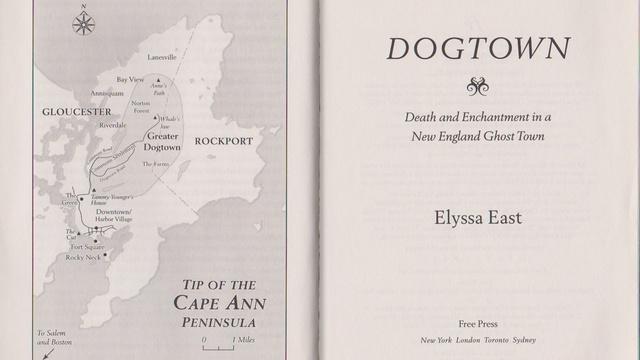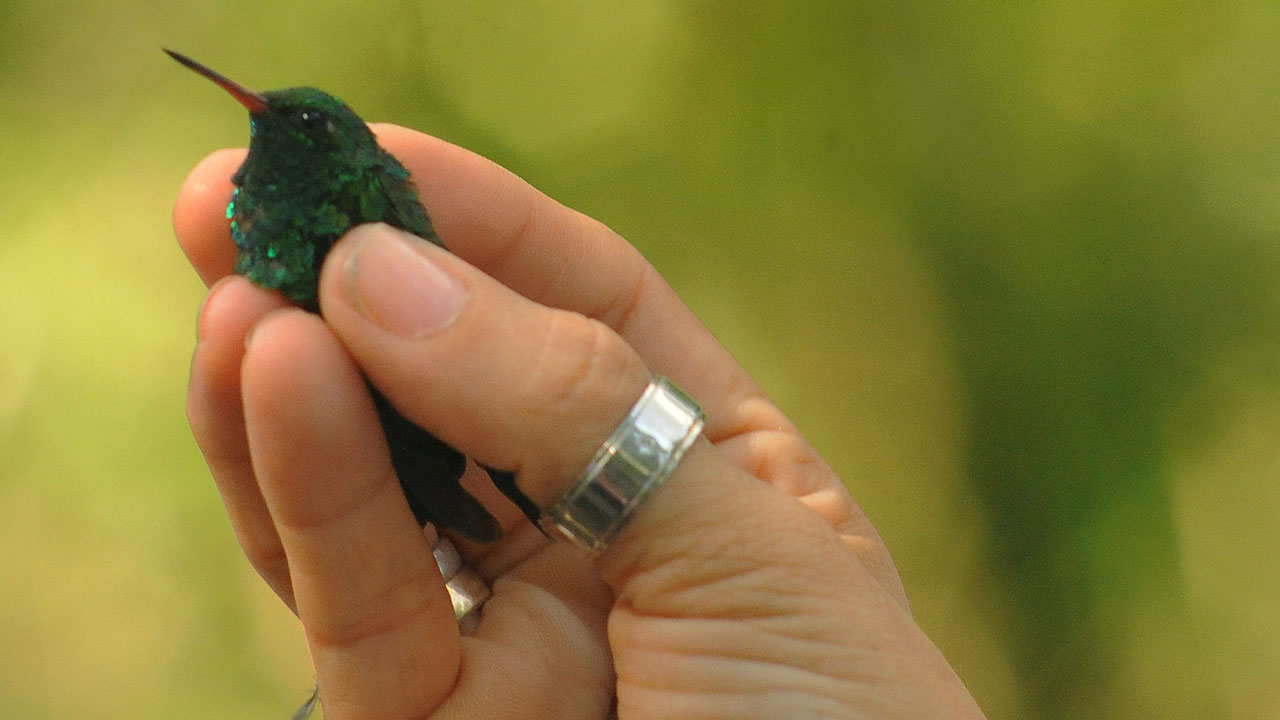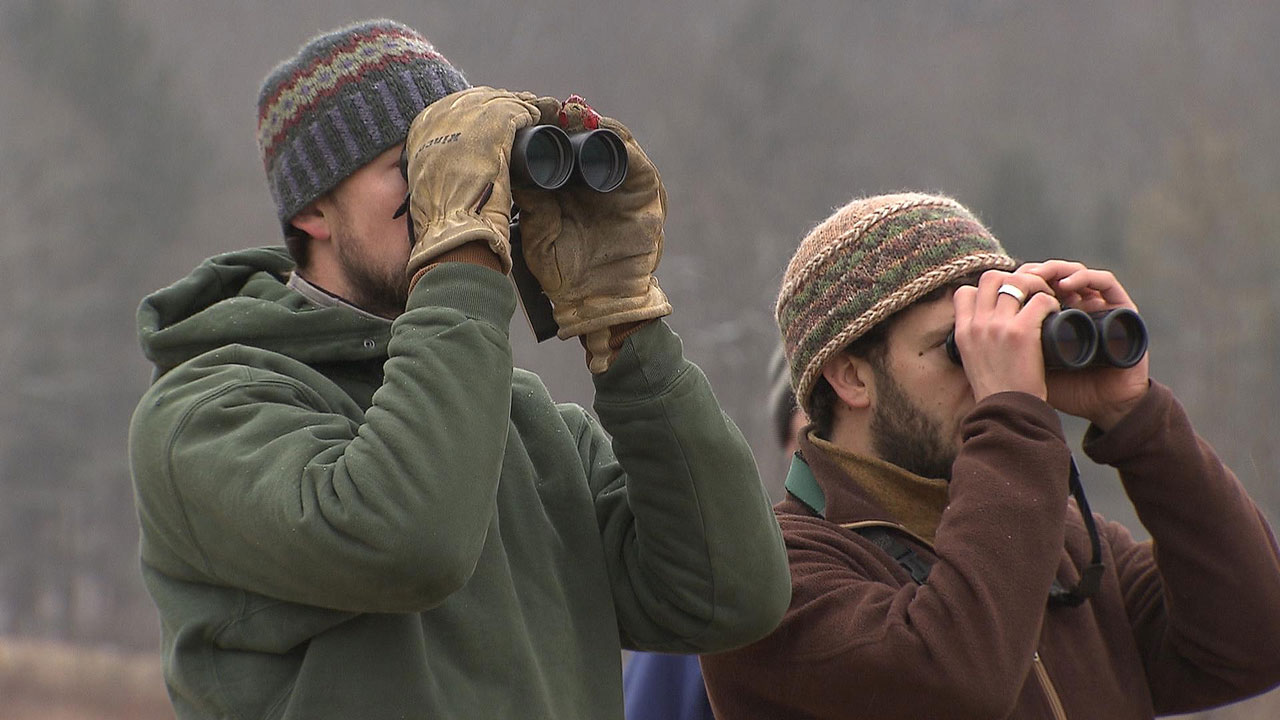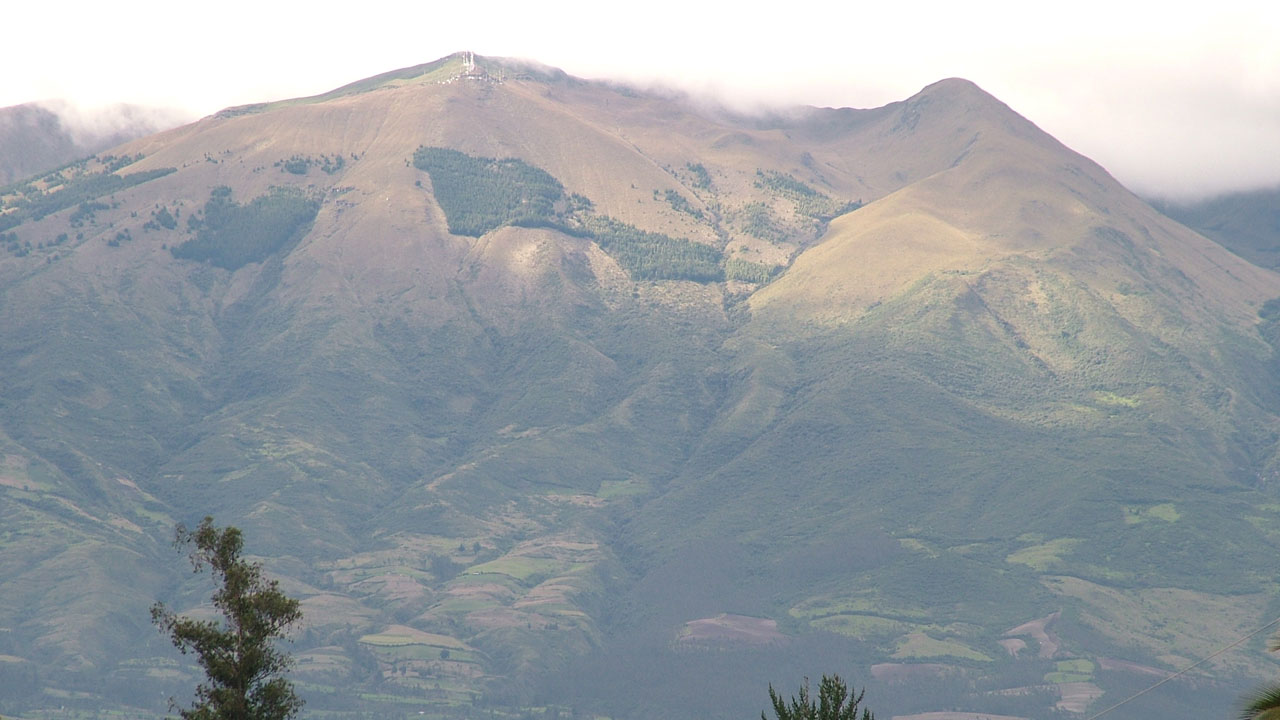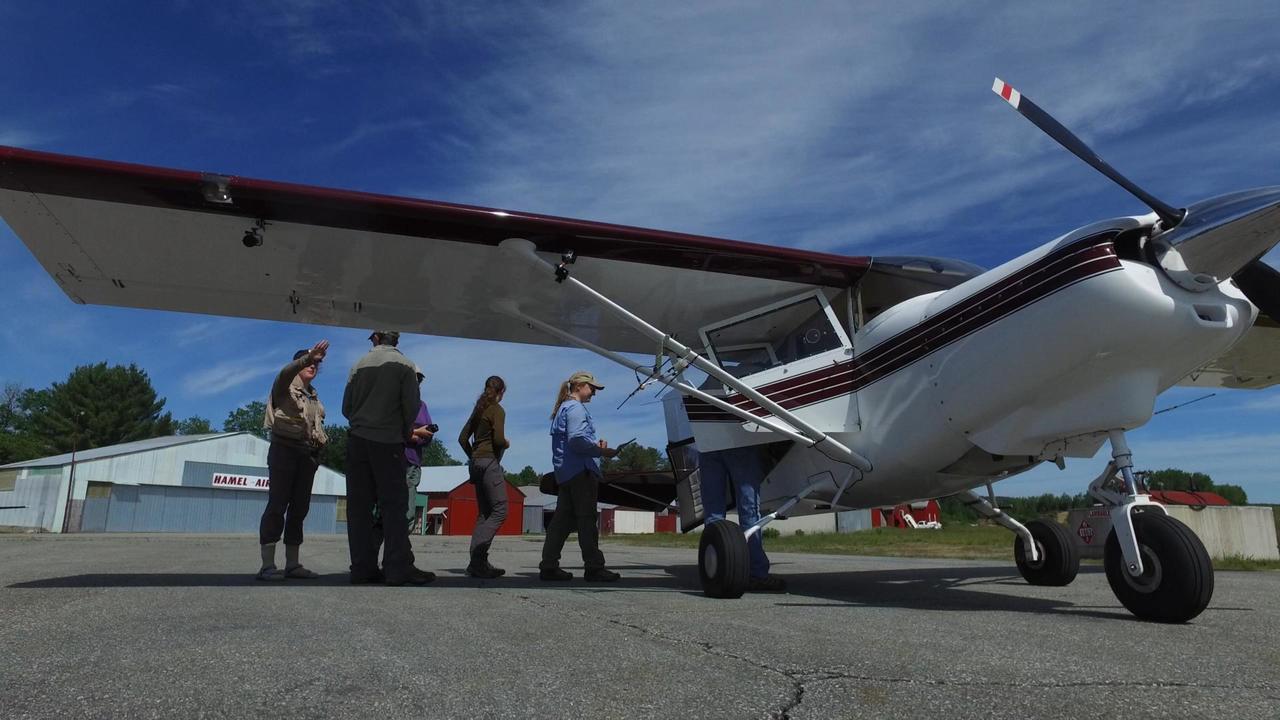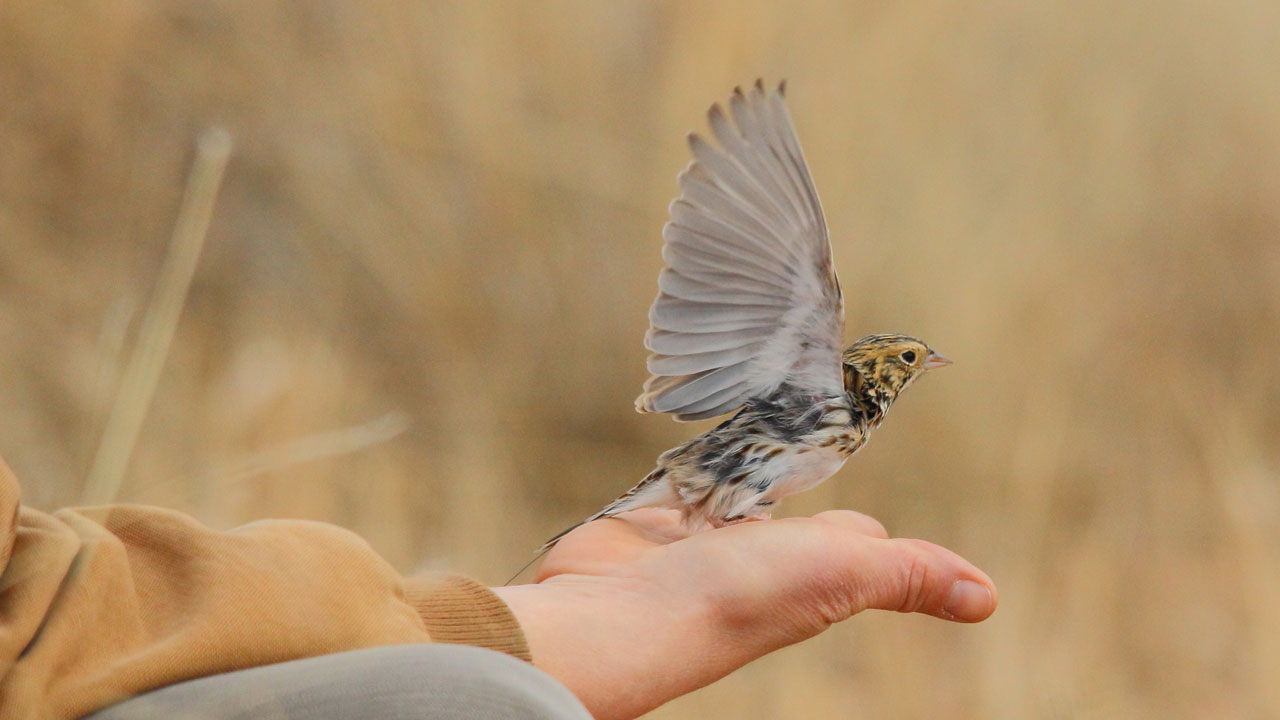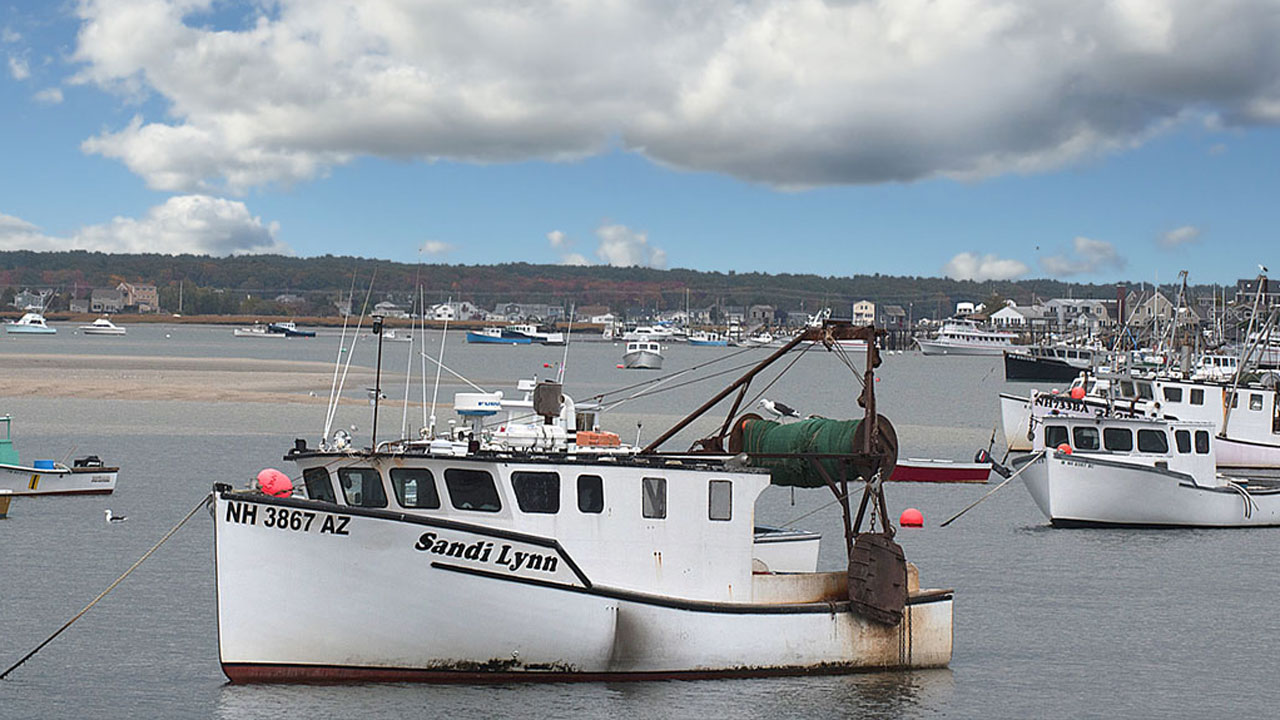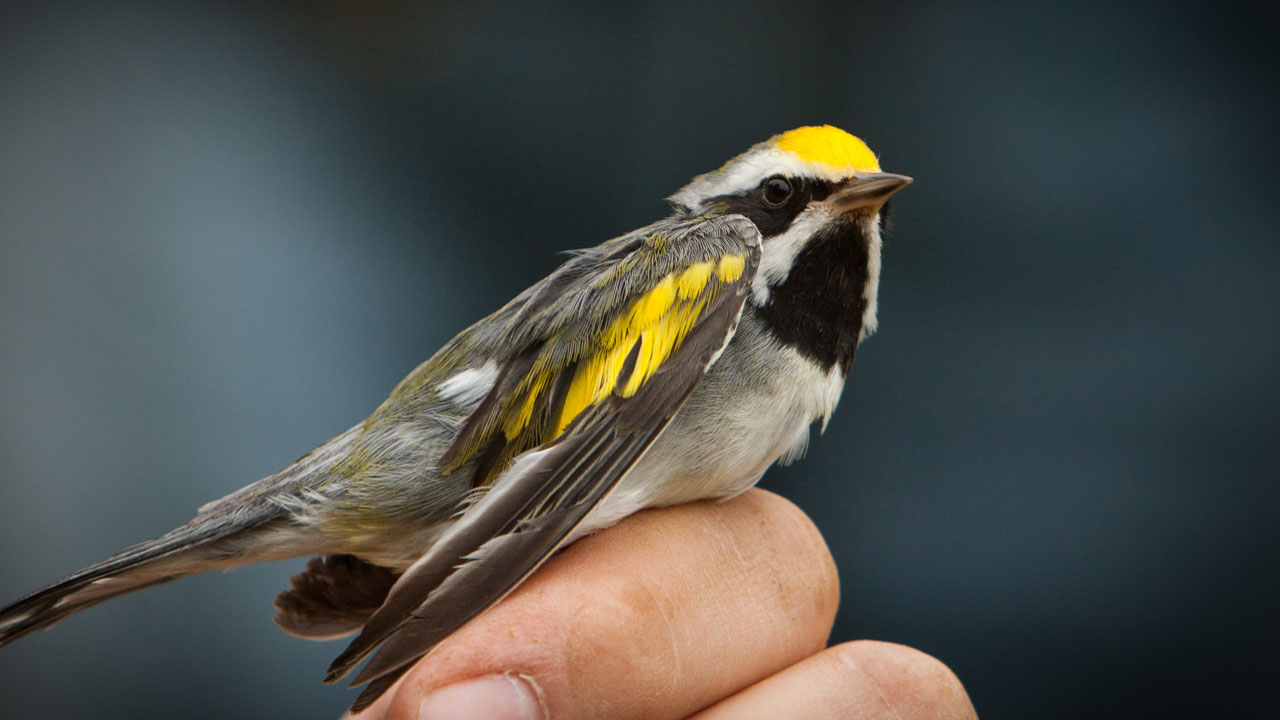A Paddling Pup
A Yankee Notebook with Willem Lange
I should have known that Kiki wouldn't stay in her little hatch in the rear deck of the kayak, even though I'd thoughtfully padded it with a big fluffy towel. As soon as we left the dock, I could feel her thrashing around back there, and then, out of the hatch, standing on the deck behind me, leaning against me. Her nose rested on my left shoulder. She was not happy.
I wasn't, either. I didn't fancy a dip in the Cocheco River, tame as it was downstream of Dover, especially with my wallet and vaccination card still in my hip pocket. So I paddled over to the crew boat, where the producer and videographer were busy filming, said, "Here! You take her," and paddled back to the middle of the river to resume my recorded conversation with Erik Frid, a competitive sculler who in his spearlike single shell was our subject of the day.
Everything was going just fine, when I heard an obviously urgent "Will!" I looked around, and spotted, swimming amazingly fast toward me, what appeared to be a beaver. Poor Kiki had succumbed to separation anxiety and was on her way to rejoin me.
There was no way I could take her aboard without flipping, so I paddled back to the crew boat and somebody there hoisted her out. "Watch out!" I cried. "She's going to –" Too late. But they got her leash on her, and this time she stayed. The rest of the shoot passed uneventfully.
On our three-hour drive home, however, watching her doze in a coil beside me with her chin resting on the low console, I got thinking about the nature – and the wisdom, too – of an almost exclusive human-canine relationship. Together almost around the clock, with very little outside stimulation – can it be healthy for either? We know each other's moves and moods, and only rarely surprise each other. What happens if – actually, when – one of us is no longer there for the other?
As I sit here at my desk a few nights after Kiki's aquatic display of please-don't-leave-me-behind, she's snoozing in a ginger-colored coil on a folded fleece throw about eight inches from my left elbow. I'm not sure she ever really sleeps; at least I've never caught her at it. She had a good supper. Now and then she sighs softly. In a little bit, she'll get up. stretch, rotate, and lie down facing the other way. She's a far cry from the lively person I shared so many years and stories and insights and obituaries with, but she's all I've got now. And, now I think of it, I'm all she's got.
I will be forever grateful to the long-ago Inuk, probably in Siberia, who looked out the front of his shelter, saw a gaunt, frowzy Arctic wolf staring at him from a distance (trust me; that's what they do when you're sitting down eating in the evening), said to himself, "That poor amaroq looks awful hungry," and threw him a morsel. The wolf no doubt started away. But the morsel was gone by morning. And the next evening, even if miles farther on, the wolf was back.
It took two: the one inclined to compassion, and the other daring to trust. They started it. Consider the millions of permutations of that relationship ever since. Our two species have shared our food, our work, our problems, and our pleasures ever since. Our dogs are litmus tests of our character: They love us so unreservedly that we can do to them pretty much what we will. Some of us abuse that trust shamefully, even gruesomely; others prove themselves worthy of it.
I watch Kiki meeting new people. An irrepressible extravert, she cottons instantly to folks whom I later find I like. I watch them, too. Their reactions are like "tells" in a game of poker.
She's little, and uses my bulk as a safe space. When I'm standing, she's usually between my feet, scanning left and right; if I'm sitting, it's in my lap (which, coincidentally, is often at the level of any available groceries). A couple of weeks ago, confronted by a very large and over-friendly chocolate Lab – I swear his head was the size of a soccer ball – she retreated behind where I was sitting and peeped cautiously out from under my arm.
So we mog along together, she and I, toward an inevitable and unknown end, each of us ready to jump into the river if the other should happen to drift too far away.
Return to the
Windows to the Wild
Main Page
WINDOWS TO THE WILD WITH WILLEM LANGE is generously supported by the Alice J. Reen Charitable Trust, John D. McGonagle Foundation, Bailey Charitable Foundation and Road Scholar.
Watch Online
TV Schedule
-
discover austria
Windows to the Wild
Sunday, 12/21 at 10:00 A.M. on NHPBS -
making tracks
Windows to the Wild
Saturday, 12/27 at 10:30 A.M. on EXPLORE -
new year's moosilauke hike
Windows to the Wild
Saturday, 1/3 at 10:30 A.M. on EXPLORE -
community outing
Windows to the Wild
Saturday, 1/10 at 10:30 A.M. on EXPLORE
Learn More...
- Manchester Cedar Swamp Preserve
The Nature Conservancy
Podcast
Listen on your favorite podcast platform
Thanks to our podcast partner: The Marlin Fitzwater Center for Communication at Franklin Pierce University
